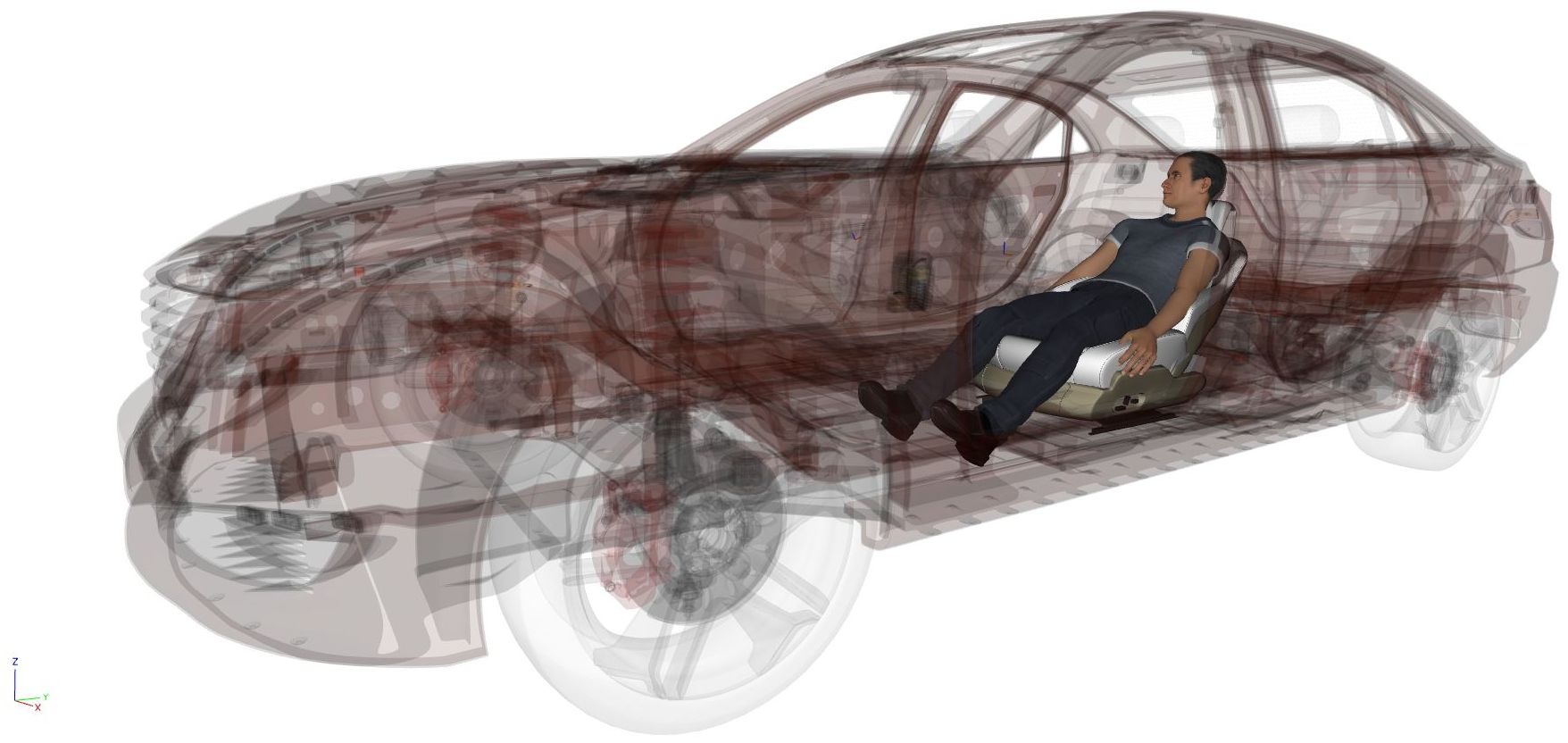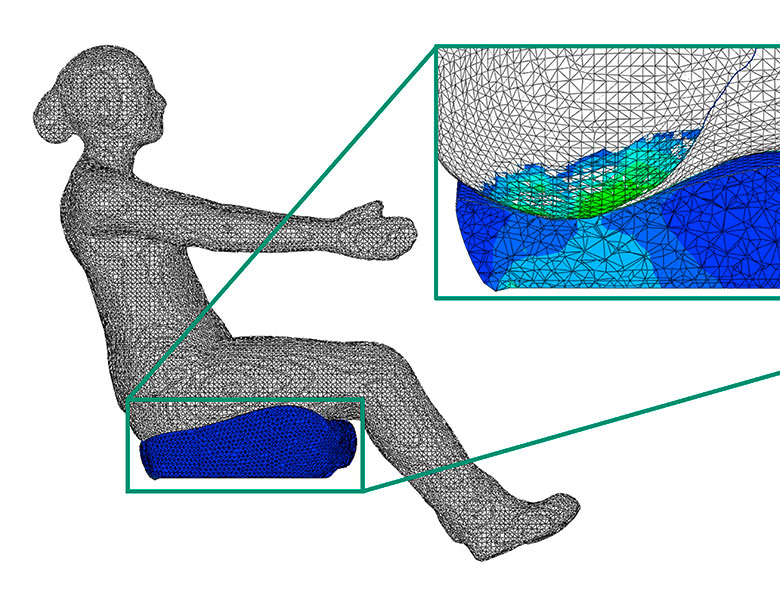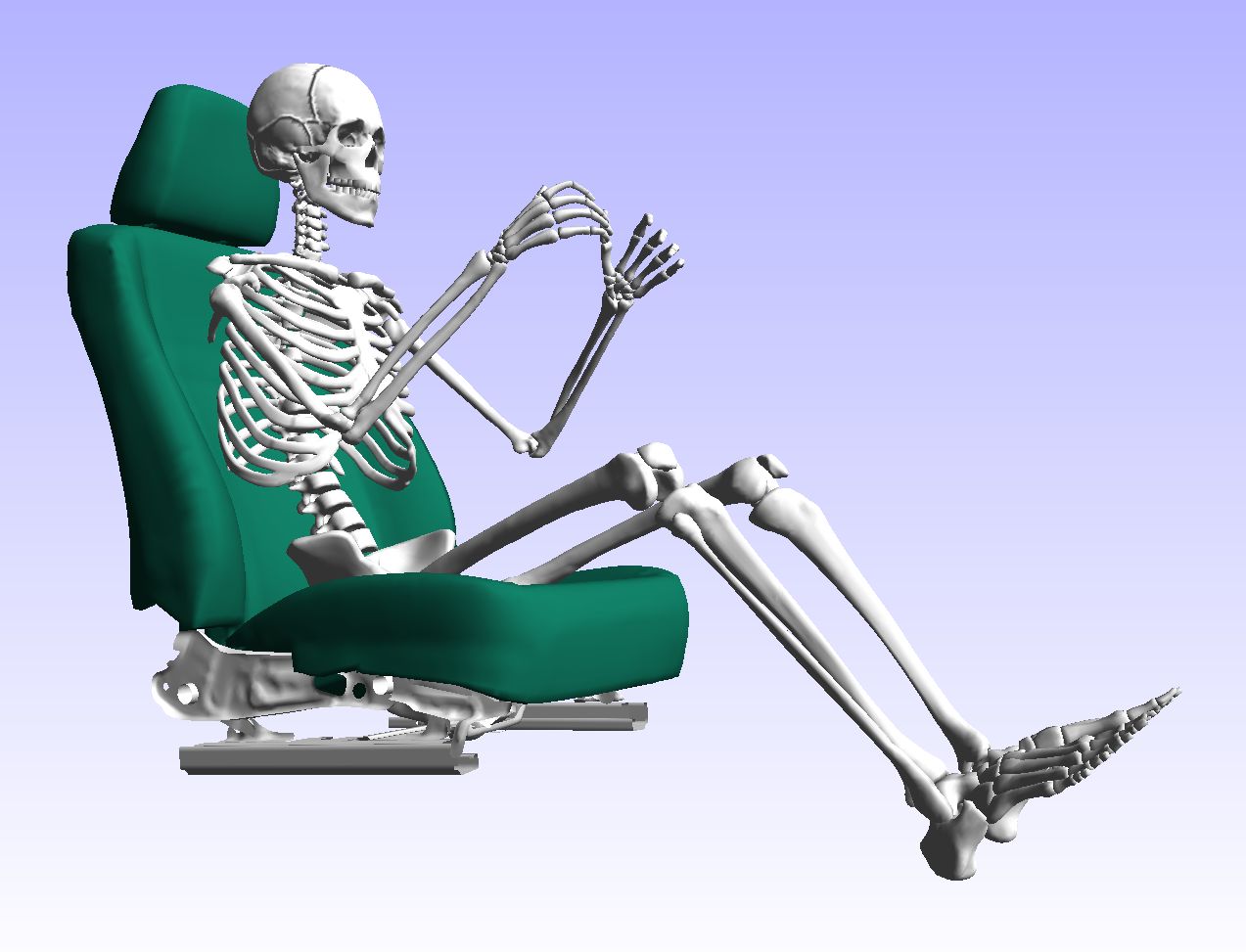For many employees, it's an inviting vision of the future: driving to work in their own car and still making good use of their travel time – reading the news, checking e-mails or relaxing and enjoying the first coffee of the day.
In order to understand the expectations of customers of autonomous vehicles, to strengthen their trust and to prove safety, new digital tools are needed for research, development and validation of the technology. With the EMMA4Drive project, our researchers are further developing the dynamic human model EMMA for use in fully or partially autonomous driving vehicles.





